

NORBr Stack is a next-gen payment orchestration platform for digital merchants to quickly connect, manage, and benchmark all payment services.
Our no-code solution simplifies payment processes with AI-based routing, a unified dynamic checkout, and a single API integration.
Optimize your payments with Stack.
Benefits
Build better global connectivity in a fraction of time
NORBr streamlines global payment providers connectivity by eliminating close to all the development tasks, adapting to provider languages, and orchestrating payment workflows.
With NORBr, you can cut development time and costs by 90%+, avoid quality issues, and eliminate maintenance and upgrade costs.
Enable agility with a no-code platform
NORBr’s 100% no-code platform enables you, as a payment professional, to take control of your payment stack by removing roadmap constraints and allowing you to be more autonomous and agile.
You can easily add or remove providers and payment methods, as well as create business-based routing rules without any technical assistance. This empowers you and your team to quickly adapt to market trends, drive innovation, and ultimately achieve success.
Boost sales with our Smart Unified Checkout
NORBr’s Smart Unified Checkout simplifies your checkout process and reduces cart abandonment rates.
With a customizable payment component that adapts to each customer’s profile and order patterns, you only need to call NORBr’s API to retrieve relevant payment components based on your customer’s location and habits.
The result is a quick, effortless checkout experience that increases sales for you as a merchant and enhances the overall customer experience.
Access comprehensive and custom payment insights
NORBr’s Custom Dashboards provide you with comprehensive insights beyond payment performance analysis. From checkout to payment, refund, or chargeback, the end-to-end picture of each order is displayed in fully customizable dashboards.
This allows you to gain a 360-degree view of customer behavior and monitor various client segmentation angles, such as RFM and LTV. With the ability to assess the efficiency of marketing campaigns and customer acquisition channels, you can allocate marketing budgets more effectively and determine the true value of your customers.
Increase repeat customer revenue
NORBr’s Universal Tokenization increases returning client ratios for you as a business by securely displaying stored cards and previous payment methods during checkout.
The universal token matches cardholder information for convenient future payments. You can easily add backup PSPs and own your payment data while ensuring customer privacy, ultimately building trust and loyalty with your clients.
Optimize payment and reduce costs.
NORBr’s Routing Engine is a powerful feature that allows you to optimize your payment processes and reduce costs. With our no-code payment stack, you can easily add or remove payment providers and launch new payment methods to support local market needs.
You can also create rules to reflect your specific payment strategy and requirements. Our analytical tools provide real-time insights into payment costs, helping you identify areas of improvement. With access to over 500 payment options, you can expand your international coverage and improve customer experiences while reducing management efforts.
Boost payment success rates
With NORBr’s Recover AI and SCA rule manager, elevate your payment success rates by striking the optimal balance between authentication and conversion.
Leverage our state-of-the-art SCA optimization engine and Recover AI’s automatic authorization fallback service to prevent transaction loss due to authentication or authorization setbacks. As a payment manager, craft your own business rules effortlessly with our user-friendly, no-code SCA engine, and enhance sales without the need for additional marketing or customer acquisition efforts.
Automate reconciliation and make data-driven decisions
NORBr’s Financial Harmony provides you with a seamless and accurate payment reconciliation tool, ensuring a complete view of your payment data, generating standardized reports, and automating the reconciliation process, freeing up your time and reducing errors.
Your finance team can integrate data into your accounting system, benchmark costs, performance, and other relevant KPIs, and make data-driven decisions, improving overall efficiency and accuracy in financial management.
Effortless Integration and High-Quality Service
NORBr’s API documentation and sandbox environment are valuable tools that help you easily integrate with our platform.
Additionally, NORBr offers personalized technical support for integration and maintenance to ensure that you have the necessary assistance. NORBr’s webhook manager and alerting service keeps a watchful eye on your transactions 24/7 to ensure that all systems are in sync.







